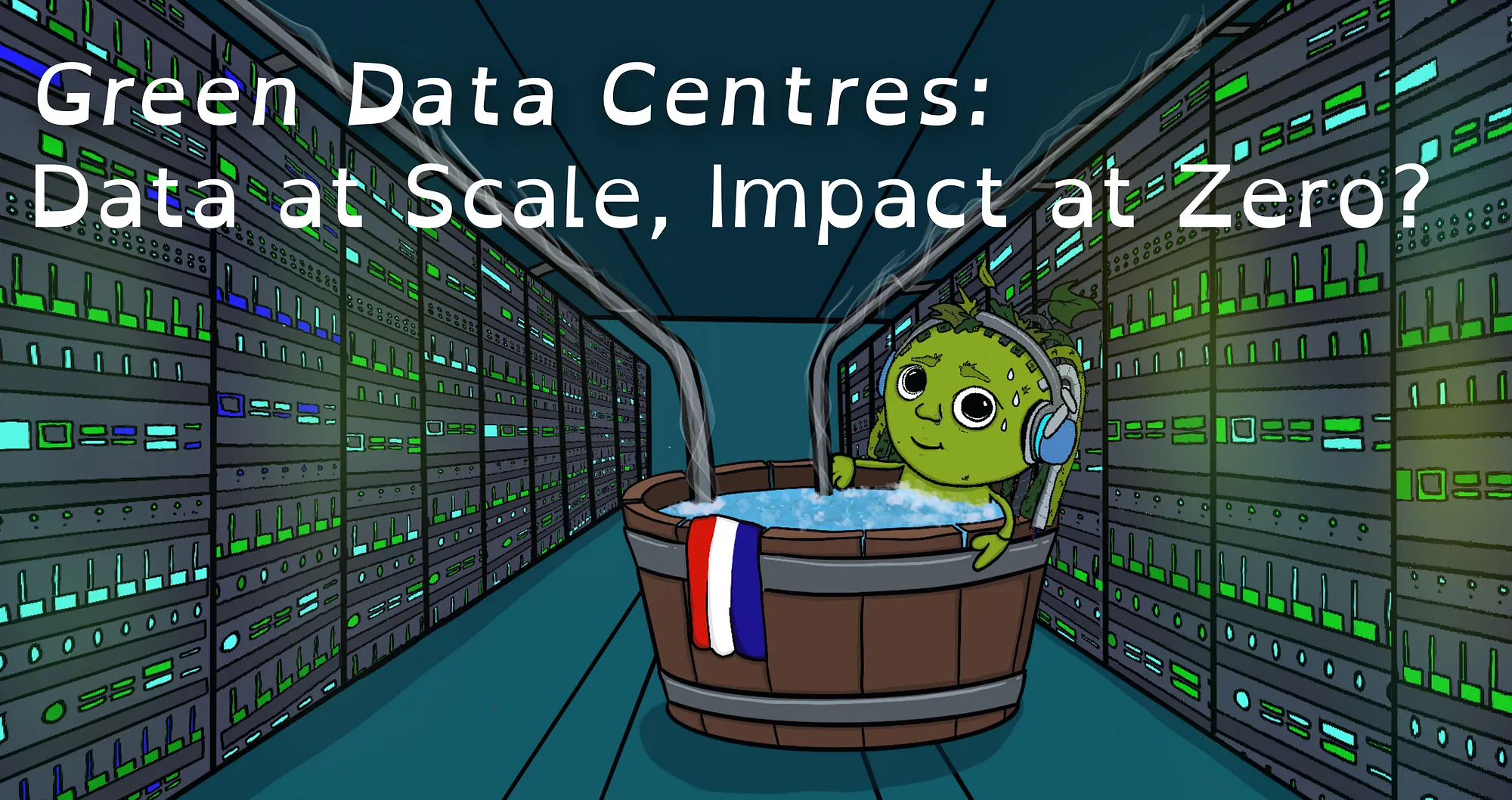
Lean Software Development: Reducing Agile's Environmental Impact
Could a small consumer price increase drive the massive investment needed to tra…
Enterprises today face heightened scrutiny over their operational expenses, energy consumption, and carbon footprints. Research from multiple industry sources including the FinOps Foundation and Gartner reveals that software licensing, underutilized resources, and lack of carbon transparency often combine to drive up costs and environmental impact. An IT accountability strategy that integrates cost optimization, resource efficiency, and sustainability can help organizations align financial, operational, and environmental objectives. This overview examines core challenges and best practices to address them.
Enterprises frequently grapple with unwieldy licensing terms, decentralized purchasing, and limited visibility into actual usage. These issues lead to:
A 2024 FinOps Foundation report highlighted that organizations with proactive, automated license tracking can save up to 25% on software expenses annually, simply by eliminating redundant or idle licenses (FinOps.org).
Although 65% of Global 2000 companies have pledged carbon neutrality targets, fewer than half effectively measure IT-related emissions, according to a recent CDP (Carbon Disclosure Project) survey (CDP.net). Lack of transparent data from software vendors and infrastructure providers complicates efforts to hold third parties accountable.
Gartner predicts that sustainability-linked vendor contracts will become a common practice, driving both cost savings and brand reputation gains. Accurately tracking carbon emissions is a catalyst for informed negotiations and meaningful reductions in environmental impact.
A 2024 report by Virtana found that despite high confidence levels in understanding and managing their hybrid cloud environments, 87% of respondents are chronically overprovisioned, underprovisioned, or both (Virtana.com).
Some enterprises adopt new optimization strategies or carbon-tracking measures but fail to set baselines or verify the real-world effects of their changes. Without quantifiable before-and-after insights, potential gains in cost reduction or emissions control remain unclear.
DevOps Research & Assessment (DORA) notes that continuous measurement of both performance and efficiency indicators fosters a culture of iterative improvement, ultimately boosting operational reliability.
The evolving business landscape demands more than isolated cost-cutting measures; it calls for integrating financial accountability with sustainability imperatives. An IT accountability and efficiency approach holistically addresses these objectives by monitoring software usage, enforcing resource optimization, and holding both internal operations and external vendors accountable for carbon outputs. By treating carbon emissions as a real-time anomaly detector, organizations can proactively identify inefficiencies, reduce costs, and optimize sustainability initiatives in tandem.
By adopting these best practices, enterprises set the stage for enduring operational success and environmental stewardship, a critical balance in the modern digital economy.
Is AI strategy just about tracking metrics, or is it designed for long-term efficiency and sustainability?
It’s not just about what gets measured, but what gets implemented and how. AI-Ops must be built with efficiency, sustainability, and vendor accountability embedded from the start. Beyond dashboards and reporting, architecture dictates whether AI remains an asset or becomes an uncontrolled cost center.
re:cinq architects AI-Ops for the real world where cost, carbon, and compute efficiency align with business strategy. By designing AI systems with sustainability and accountability at the core, re:cinq ensures AI investments deliver measurable value without hidden inefficiencies draining resources.
AI is the future. re:cinq makes it work.

Could a small consumer price increase drive the massive investment needed to tra…

Could a small consumer price increase drive the massive investment needed to tra…

Discover sustainability practices for green data centres. Learn how to scale dat…
Get a shared vocabulary of proven Transformation Patterns, common Anti-Patterns, and Paradigm Patterns to have more effective, data-driven conversations about your strategy and architecture.
For a personalized starting point, take our free online assessment. Your results will give you a detailed report on your current maturity and suggest the most relevant patterns to focus on first.
Every Tuesday, we deliver one short, powerful read on AI Native to help you lead better, adapt faster, and build smarter—based on decades of experience helping teams transform for real.